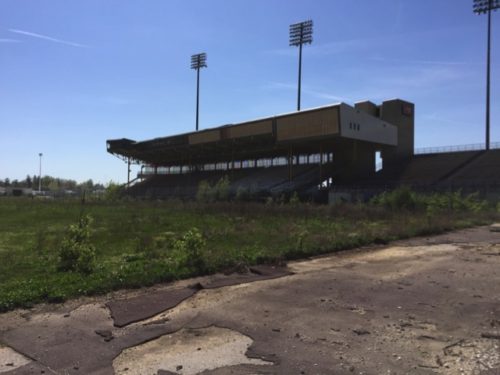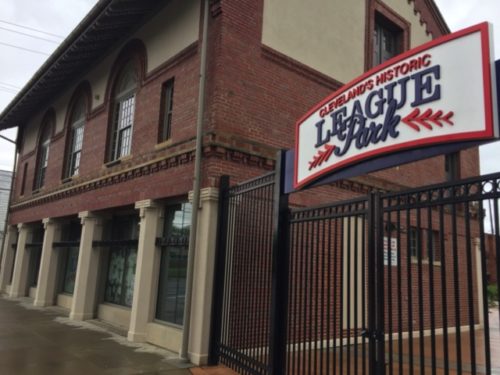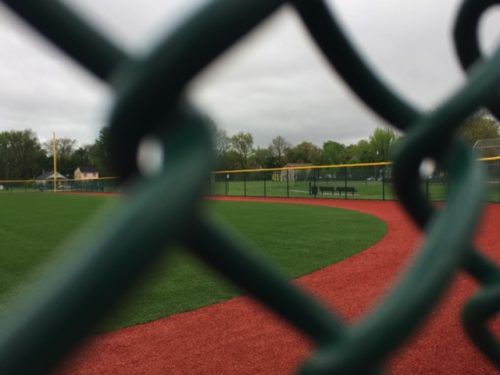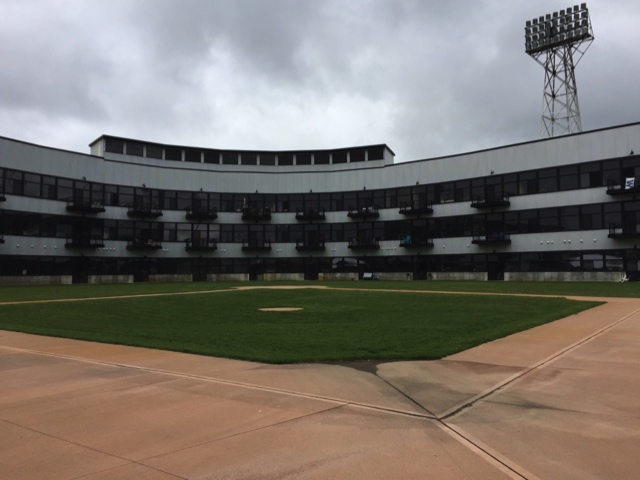
‘Home’ takes on new meaning at the former Bush Stadium in Indianapolis, since converted to loft apartments.
The wrecking ball came crashing down in April 2014 on the first-base grandstand at Cooper Stadium in Columbus, Ohio. I had sat in that area seven years earlier, for an exhibition game between the Major League’s Washington Nationals and Baltimore Orioles.
One year later, I saw the Columbus Clippers, the Nationals’ top farm team, play a minor league game there. It was the club’s final season at Cooper before moving to a beautiful new downtown stadium.
The demolition was supposed to turn the stadium into a half-mile paved racetrack as part of the $40 million Sports Pavilion and Automotive Research Complex. SPARC would preserve the third-base grandstand and include an automotive research and technical training center.
When I stopped by the site this past April, however, I saw no spark, and certainly no racetrack. A SPARC official, in a January 2016 Columbus Dispatch story, said the project was merely stalled.
Columbus was the first stop on my six-day Midwest tour, which combined business with pleasure. When you’re covering 2,300 miles, you find multiple reasons to justify the journey. Friendship, first and foremost, but other times it’s for the love of donuts, and still it’s nostalgia for old ballparks.
Bush Stadium, Indianapolis
If you were dropped outside of Bush Stadium’s limestone-and-brick edifice without knowing better, you’d be forgiven for thinking that you were about to see a Triple A baseball game.
This was, after all, the longtime home of the Indianapolis Indians and setting for the 1987 movie “Eight Men Out.” And there are, after all, three light towers on the grandstand roof and sets of orange plastic stadium seats lining the sidewalk leading to the main entrance.
But the Indians moved out after the 1995 season. Historic Bush (built in 1931 and not to be confused with Busch Stadium, home of the St. Louis Cardinals) — after stints as a midget car racing track and parking lot for the Obama-era Cash for Clunkers program — opened in 2013 as Stadium Lofts.
The 138 residential units occupy three levels in what was Bush’s grandstand. There’s a sand volleyball pit in the former right field and outdoor fireplace and seating area where the third base foul territory used to be. The one-time infield still looks like one, except the dirt base paths are now tan-colored concrete.
I stood near second base as I scanned the apartments, balconies facing me from where fans once stared at baseball players. It gives new meaning to a “home” game.
One added benefit is that marvelous Long’s Bakery is just down the street.
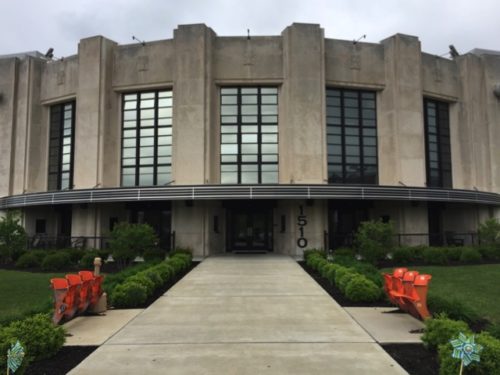
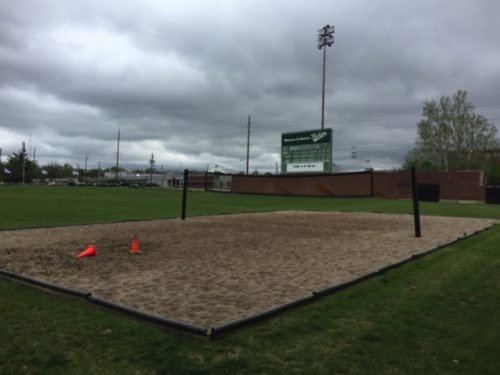

Liberty Park Stadium, Sedalia, Mo.
Regrets, I’ve had a few, and Liberty Park Stadium is one of them. I lived in Sedalia for two springs, and I only saw one game there. It was Smith-Cotton High School, which still uses the field, as do State Fair Community College and the Sedalia Bombers, member of a summer collegiate baseball league.
During my April 2017 visit, I found parts of Sedalia in worse shape than I remembered them from the early 1990s. But the stadium looked better, which is pretty cool when you consider that it was built in 1936-37 by the Works Progress Administration as a New Deal-era public works project.
Meanwhile, as the result of a 2015 renovation, the infield now features artificial turf and can handle two to four inches of rain per hour and still be playable.
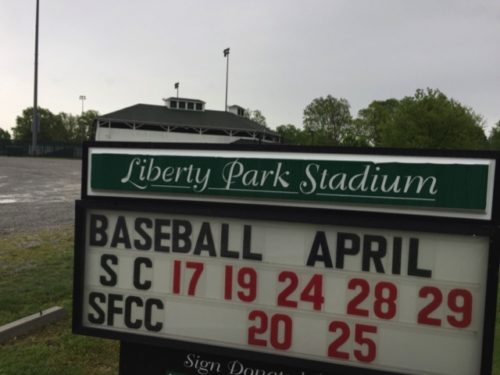
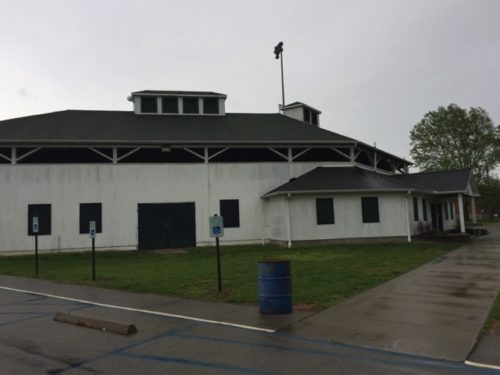
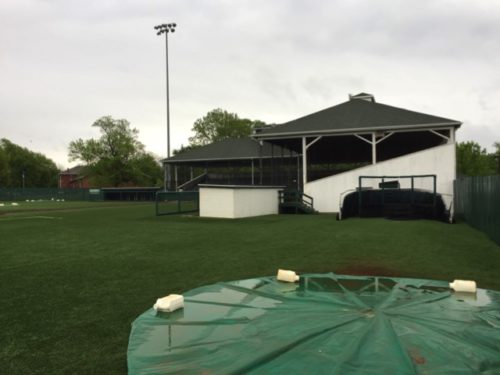
League Park, Cleveland
When I think of old stadiums in Cleveland, what immediately comes to mind is Municipal Stadium, aka The Mistake by the Lake, with its mostly empty 74,ooo seats for Cleveland Indians baseball games.
But before Municipal there was League Park, which operated from 1891 to 1946. From 1936 to 1946, the Indians continued to play some games at League Park, particularly weekday games that drew smaller crowds.
Among League Park’s claims to fame: the Indians won the World Series there in 1920; Indians pitcher Bob Feller recorded his first strikeout there; it is where Babe Ruth hit his 500th career home run.
League Park was designed by Osborne Engineering, whose baseball work also included Fenway Park in Boston, the original Yankee Stadium in New York, and Tiger Stadium in Detroit.
League Park’s ticket office, at East 66 Street and Lexington, is all that remains of the original ballpark. But the building serves as headquarters for the Baseball Heritage Museum and anchors the redeveloped Fannie Lewis Community Park at League Park.


